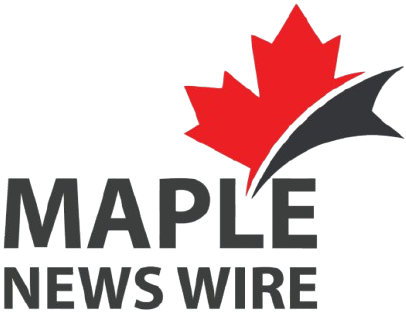New U.S. Border Tech Could Change Canadian Crossings
The Canada-U.S. border is no stranger to change, but the latest update may impact Canadians more than ever. Beyond long waits and extra security checks, U.S. Customs and Border Protection (CBP) is preparing to roll out facial biometric technology at land crossings, aiming to better track travelers who overstay their visas.
What Are Facial Biometrics and Why Now?
Facial biometrics uses unique features of your face to verify identity, similar to the facial recognition on smartphones. While CBP has employed biometric data like fingerprints since 2002, the plan to apply facial recognition specifically at land borders is a new development focused on identifying non-U.S. citizens who remain in the country beyond their authorized stay.
What This Means for Canadian Travelers
Currently, Canadians crossing into the U.S. provide basic biographic information and answer routine questions. Soon, travelers may be asked to undergo facial scans as part of the entry process. However, travelers can opt out by requesting a manual document check from CBP officers, bypassing the biometric scan.
No Set Date Yet, But Prepare for Changes
CBP has not announced an official start date for this facial biometric program at land borders. Canadians planning to cross should stay informed and be ready for potential new procedures that prioritize security but may also add time to border crossings.
Insight:
Facial recognition at the U.S. border represents a significant shift in traveler identification. While aimed at improving security, it introduces new considerations for Canadians crossing by land. Will you opt in or request a manual check?




